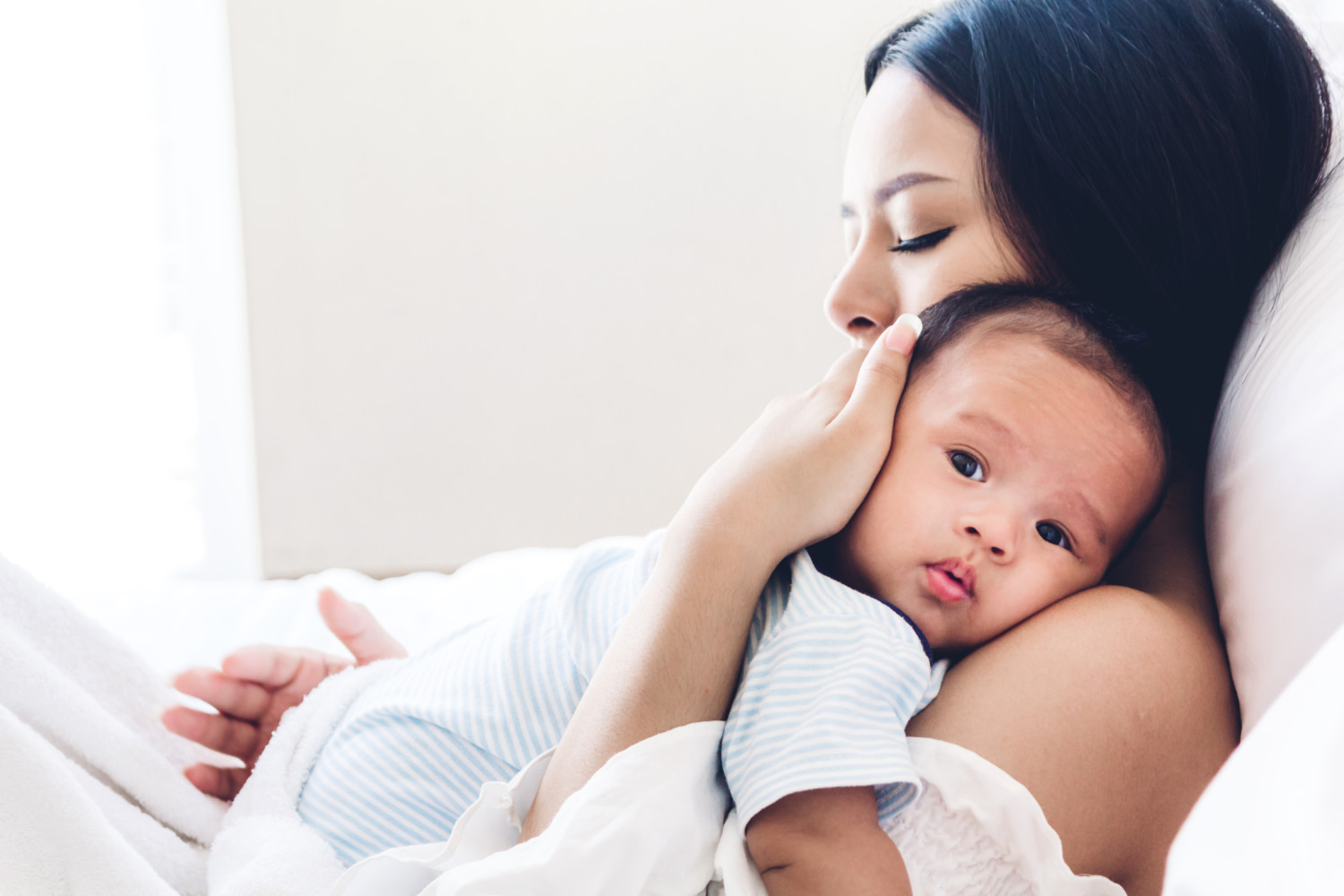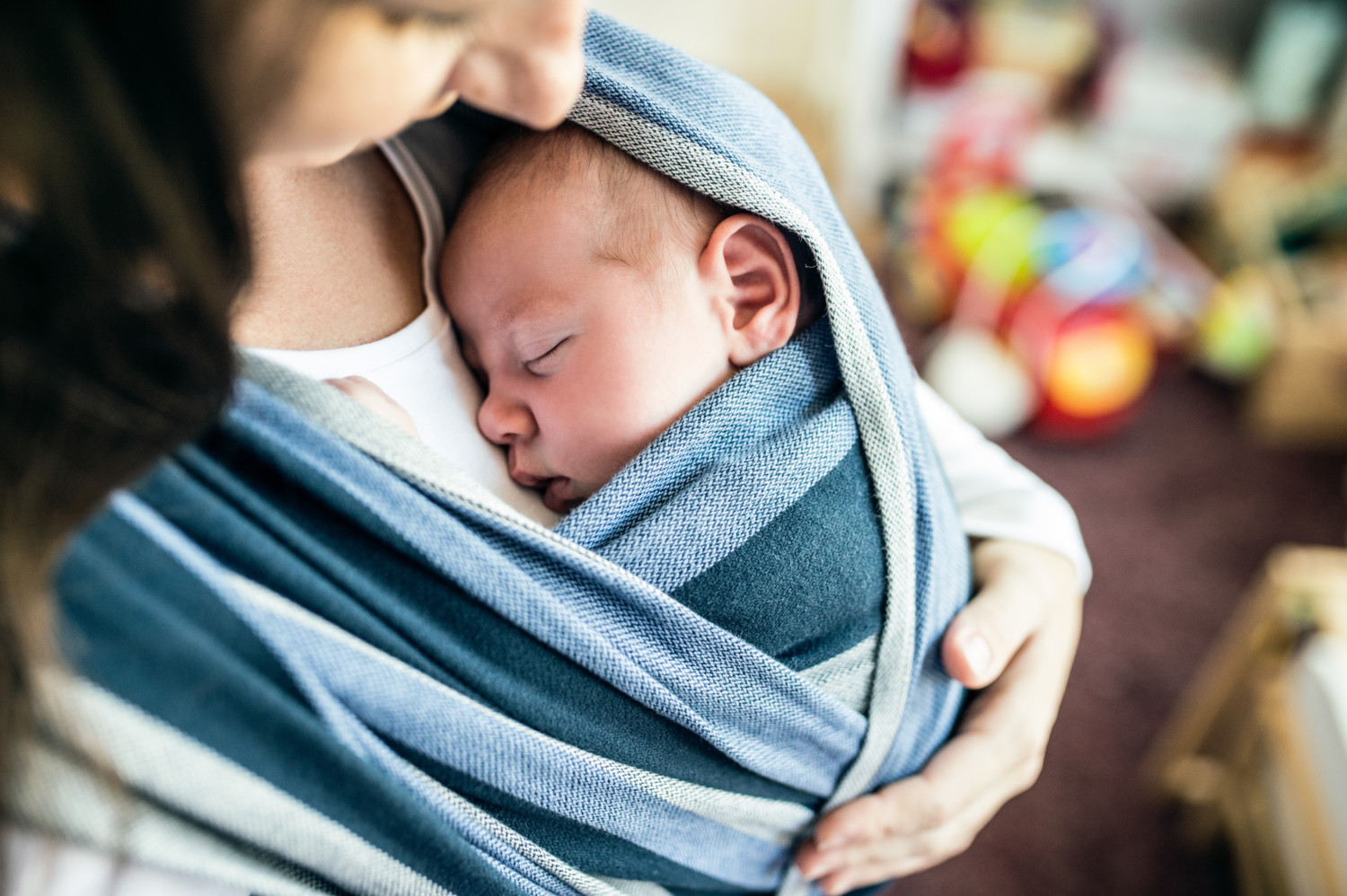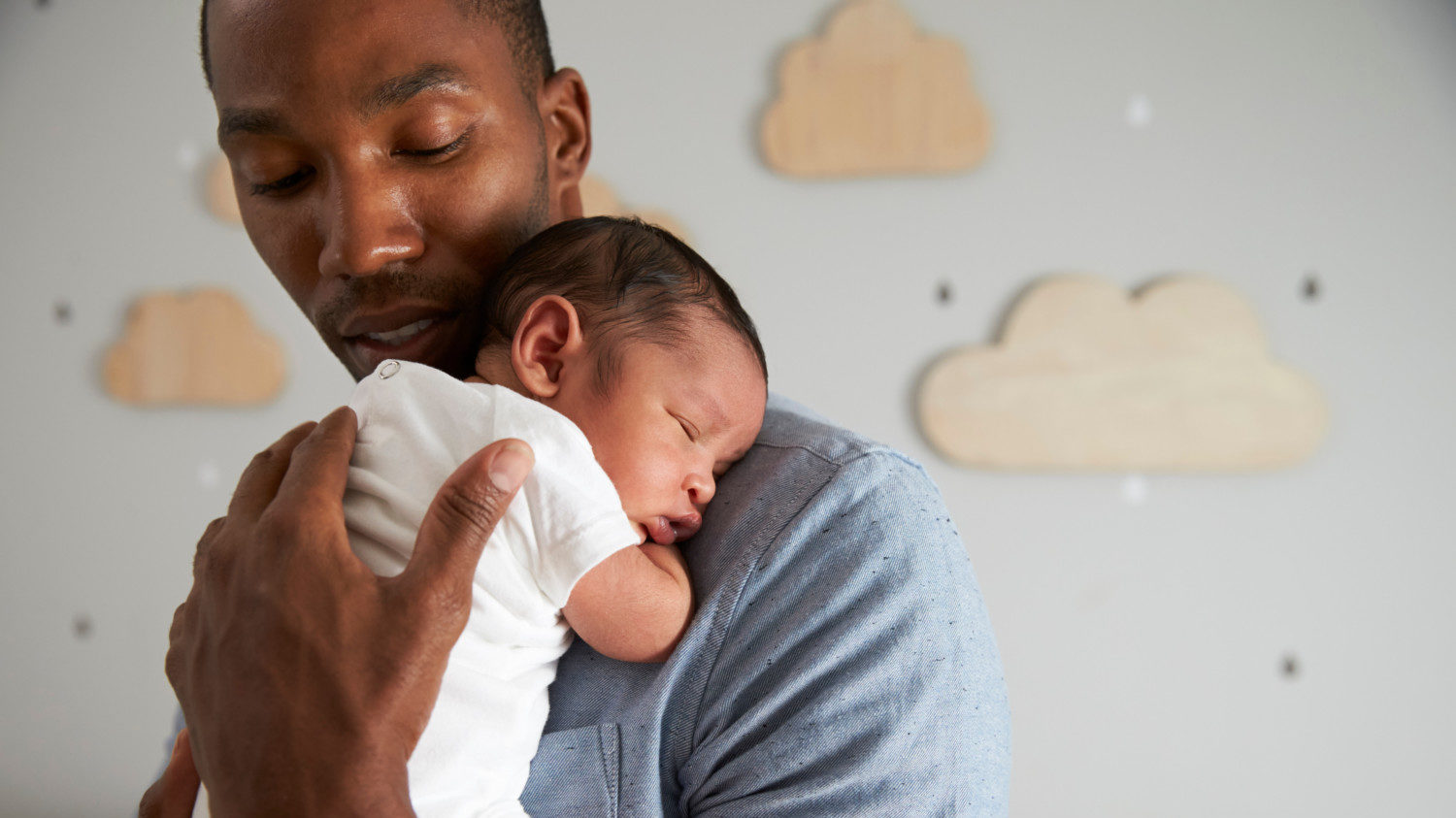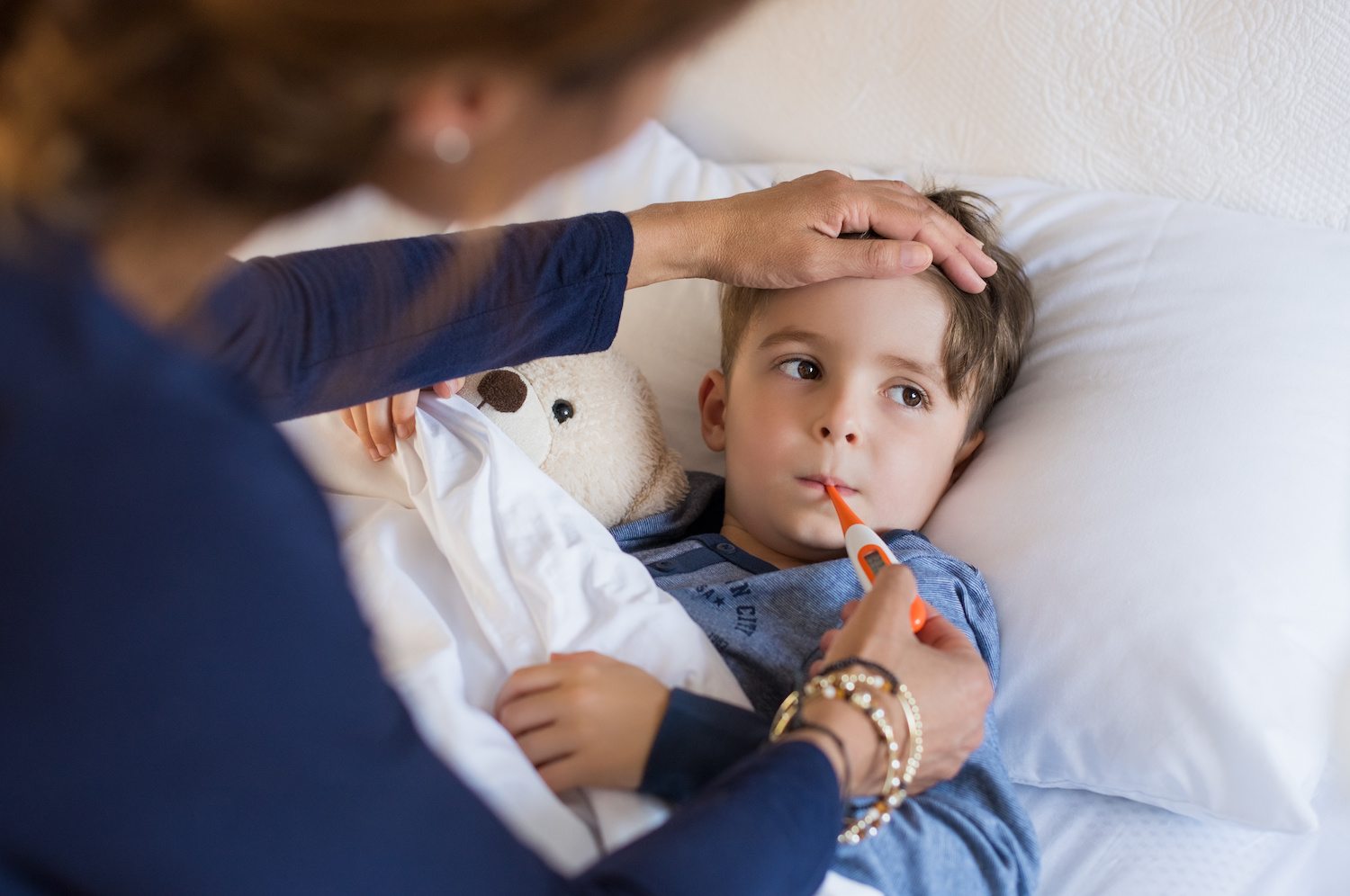A cold here, the flu there — for parents, some years can bring a slew of back-to-back illnesses. With coughs that can be considered “normal” that last for up to six weeks, as well as multiple ear infections, visits to the doctor can be frequent for children.
In winter months, when kids are in close contact with others, illnesses spread quickly and can come on without much warning. You might have a healthy toddler in the morning only to wake up to that dreaded deep cough in the middle of the night. Body temperature can rise for several reasons, including wearing too many layers or even teething, so it’s important to know what temperature is considered a fever in children.
Children start catching colds around 6 months of age when their immunity begins to shift from their mother’s immunity to developing their own immunity. The number of illnesses can feel overwhelming for parents. On average, the University of Utah Health says that healthy babies, toddlers and preschoolers might get seven or eight colds annually. Elementary school-aged kids average five to six per year while teens could catch up to four. And that’s just colds. Gastrointestinal issues can occur, too. It’s challenging because children are exposed to new viruses everywhere they turn.
When kids get fevers, it adds an element of concern. While this is the body’s natural response when fighting infection, it can be hard to know when to head to the doctor — or ER.

What Temperature Is Considered A Fever?
Dr. Emily Wisniewski, a board-certified pediatrician with Mercy Medical Center in Baltimore, told Parentsthat any babies with a fever under two months old should be seen by a physician.
“Fevers in this age group can be a sign of a serious infection, and they should be seen in the emergency department immediately,” she said. “The visit may include blood, urine, spinal fluid, viral testing, X-rays, and hospitalization. It’s important to not give these babies any medications.”
When kids get fevers, it adds an element of concern. While this is the body’s natural response when fighting infection, it can be hard to know when to head to the doctor — or ER.

How Do You Know If Your Baby Might Have A Fever?
Since infants can’t tell us with words that they feel ill, caregivers can look for signs that signal a temperature should be taken. Symptoms like constant crying, unusual sleepiness, diarrhea or vomiting can raise a red flag. Typically, a reading over 100.4 degrees Fahrenheit is considered to be a fever in babies, but it can depend on how it’s measured.
As kids get older, it can be easier to know when something is wrong. After age 4, most kids will be able to hold a thermometer under their tongue.
If your child is younger than 3 months old and has a fever of 100.4 degrees Fahrenheit or above, talk to a physician right away. If it’s during regular business hours, your pediatrician’s office can advise you and help schedule an appointment. Even if it’s after hours, the office can connect you with the on-call physician who can guide you on the best next steps.

How to Soothe Your Child’s Fever
Giving your child medicine will not speed up the healing process, but it may make the child more comfortable. For children 6 months or older who are still playing, sleeping and drinking well, there may not be a need to treat the fever, according to Mayo Clinic. However, if you do want to use medication, they suggest using acetaminophen for those between 3 to 6 months. If your baby is less than 3 months, consult your pediatrician first.
Kids aged 6 months and older can use either acetaminophen or ibuprofen, like Children’s Advil. To determine the dosage for young infants, check with your pediatrician first as the amount varies based on age and weight. If the child is over the age of 2 and you know their weight, you should be fine following the instructions on the box.
Dress your child in light clothes and offer fluids to help keep them hydrated. Lukewarm baths may also be helpful. Just know that if the water is too cold, they may shiver, which will be counterproductive.

When To Call the Healthcare Provider
If nothing seems to soothe your baby, or your child is only a few months old with a fever of 100.4 degrees Fahrenheit, seek medical care.
For kids younger than 2 with a fever lasting more than a day, a call to the doctor is in order. Likewise, if they’re older than 2 and have a fever for more than 3 days, do the same.
Fevers can sometimes cause febrile seizures which can occur in children between 6 months and 5 years old, but according to Stanford Medicine, children typically outgrow them. These seizures often happen at the first onset of the fever, last anywhere from a few seconds to 15 minutes and can cause the child to shake and lose consciousness. Even if it only lasts a few seconds, it’s important to take your child in for evaluation. If the seizure lasts more than 5 minutes, go to the emergency room. Most of the time, there aren’t any negative lasting effects, and their occurrence doesn’t indicate epilepsy.
Now that you know what temperature is considered a fever in differently-aged children, you can know whether or not medical attention is needed.
This story originally appeared on Simplemost. Check out Simplemost for additional stories.


